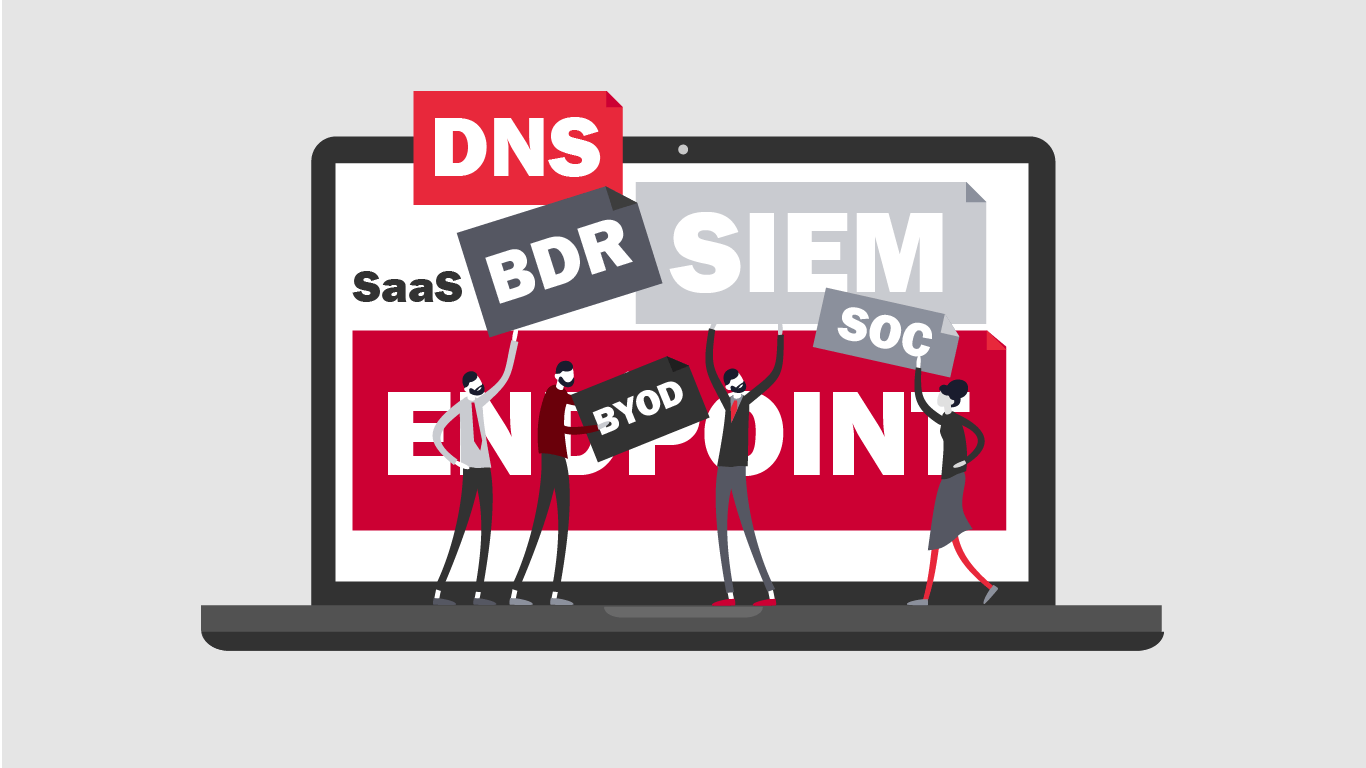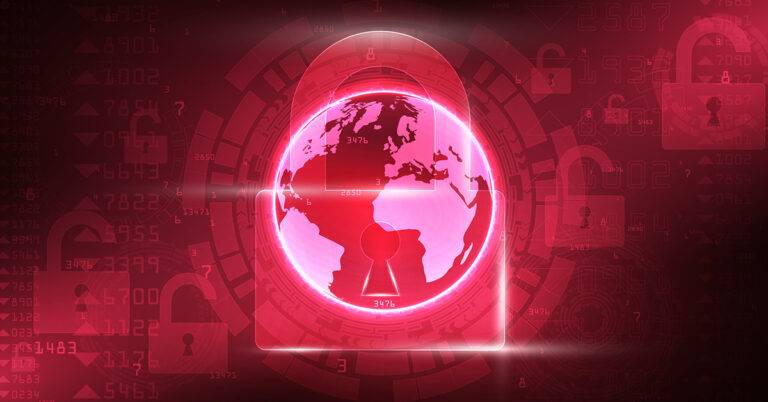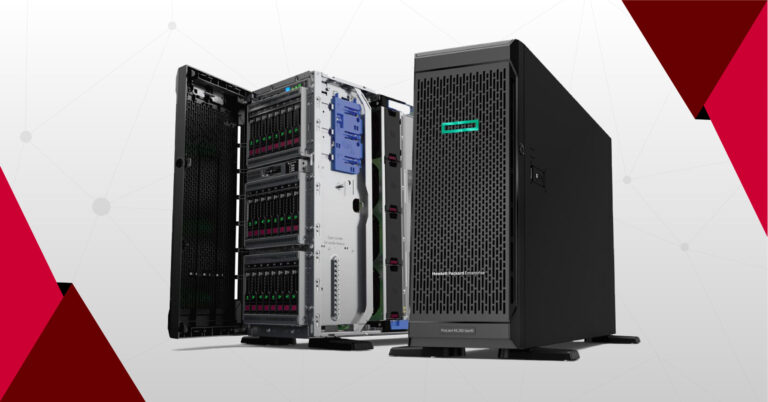Few industries love their abbreviations and industry-specific jargon more than the Information Technology field. Changes are you’ve heard all these terms thrown around, but probably only had a vague understanding of what they mean. In this article we’ll help decode some of the most used IT terms to help you get a handle on what it all means.
-
BDR Stands for Backup and Disaster Recovery, a combination of data backup and disaster recovery solutions that work together to ensure an organization’s business continuity in the event of a data loss. Also see Disaster Recovery.
-
BYOD An abbreviation for Bring Your Own Device, the practice of allowing employees to bring their personal mobile devices for use at work to access company data and applications.
-
DaaS Device as a Service – Through DaaS, businesses get their computers as a service, rather than purchasing them outright. They are placed on a lifecycle management plan and the upgrades, software updates, and management is handled by the service provider.
-
DISASTER RECOVERY Tools, policies, and procedures that enable the recovery of business-critical data and technology infrastructure following a catastrophic event, either caused by human error, malicious intent, or natural disaster.
-
DNS An abbreviation for Domain Name System, a system for naming computers and network services that is organized into a hierarchy of domains.
-
ENCRYPTION The practice of converting information or data into code to prevent unauthorized access.
-
ENDPOINT A device or node that is connected to a network and accepts communications back and forth across the network. In a traditional sense, an endpoint can be a modem, hub, bridge, or switch.
-
FIREWALL A tool (can be hardware, software, or both) for monitoring incoming and outgoing network traffic to prevent unauthorized access.
-
MSP An abbreviation for Managed Service Provider. A Managed Service Provider takes over the responsibility for maintaining, monitoring, optimizing, etc., for a range of business processes. Les Olson Company offers Managed IT Services and Managed Print Services.
-
MALWARE A term that refers to any software that is designed to intentionally cause damage to a computer or network device. There are many types of malware, including ransomware, spyware, adware, trojan horses, etc.
-
NIST-800 The NIST 800 Series is a set of documents that describe United States federal government computer security policies, procedures and guidelines.
-
NOC An abbreviation for Network Operations Center, a location from which network engineers perform network monitoring and management tasks. Also see SOC
-
PCI Stands for Payment Card Industry and is typically coupled with PCI Compliance, which refers to the standards that merchants are required to keep in order to accept credit card payments.
-
PHISHING The practice of attempting to deceive users into providing sensitive information, such as usernames, passwords, financial information, etc., by engineering emails or other materials designed to lure users into believing the communication is from a trustworthy entity. Additionally, the goal of a phishing email may simply be to get you to click on a link that installs malicious software to your computer.
-
SERVER A device responsible for managing and responding to network requests.
-
SIEM Stands for Security Information & Event Management is the practice of collecting, monitoring and analyzing security-related data from computer logs.
-
SOC Security Operation Center; Where IT professionals work to identify and respond to threats on servers and firewalls, and to support compliance and performance.
-
TWO-FACTOR AUTHENTICATION An additional level of security, beyond a simple password to access an account. This is achieved through a secondary login factor, such as a PIN, or the user granting permission on a second device, in addition to the initial password.
-
RANSOMWARE A type of malicious software that blocks access to a user’s data until a ransom is paid. Data is encrypted until ransom is received, and many times there is a time limit on the ransom, after which the data will be permanently deleted.
-
REMOTE HELP DESK A tool/service that allows an IT technician to connect remotely to a computer via the internet to work directly on the system from wherever they are.
-
REMOTE MONITORING A tool/service that allows IT service providers to monitor network operations for security and performance issues that need to be resolved.
-
VIRTUALIZATION The process of running a virtual instance of a computer operating system, storage device, or other network resource.
-
VoIP Stands for Voice Over Internet Protocol, the method of using the internet to transmit phone calls, rather than the use of analog phone lines.
Les Olson Company is your Managed IT Services Partner in Utah and Las Vegas. Our technical experts can help manage your network to help you get the best in performance and security.




